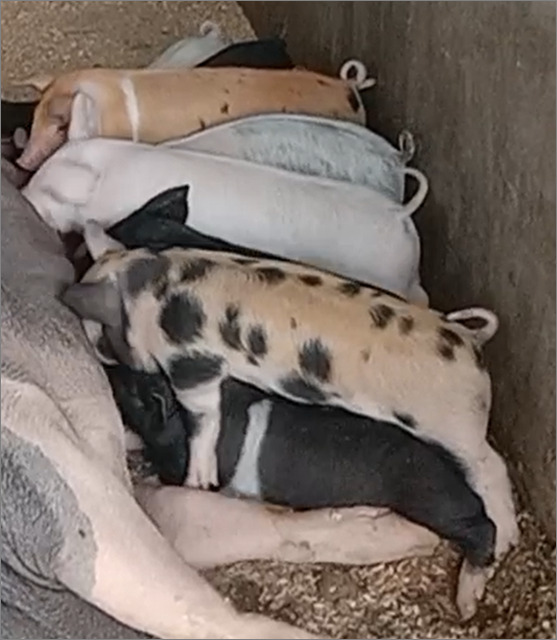ASSESSMENT OF ANIMAL WELFARE, SLAUGHTER PRACTICES AND FOOD SAFETY IN BHUTAN
Keywords:
Animal welfare, Broiler farm, Cattle abattoir, Fattener farm, Food animal, Humane slaughter, Meat hygiene, Slaughter practiceAbstract
ABSTRACT: This study assessed the animal slaughter practices and welfare standards in Bhutan with an aim to identify best practices for animal slaughtering that is suitable and applicable in the country. The study was conducted in Chukha, Dagana, Samdrupjongkhar, Samtse, Sarpang and Tsirang districts where majority of meat is being produced. A total of 749 respondents were involved which included 200 broiler farms, 548 pig fattener farms and one cattle abattoir across six districts. The results revealed substantial reliance on makeshift slaughtering (86.6%) followed by 12.7% slab slaughtering and 0.7% modern slaughtering facility. Overall, 78.4% of the respondents did not restrain animals prior to slaughter and 82.6% of the broiler and fattener farms did not use any stunning methods. A meager 3.7% of the farm and abattoir personnel reported having some formal training on stunning and slaughtering methods. Out of 18.5% (n=37) broiler farms that used stunning, 29 farms deployed mechanical stunning through blunt object hit and eight farms used electrical stunning. Similarly, out of 16.8% (n=92) fattener farms, 91 farms used mechanical stunning (two captive bolt and 89 sharp/blunt object hit) and one electrical stunning methods. The cattle slaughterhouse used mechanical stunning through sharp object hit behind the nuchal crest. Among various methods of animal slaughter, 48.5% of broiler farms used suffocation method followed by 30.0% manual neck dislocation, 6.0% decapitation, 5.5% each by bleeding and thoracic stick and 2.5% strangulation. Similarly, 97.6% of fattener farms used chest stick for slaughtering pigs followed by 1.8% strangulation, 0.4% suffocation and 0.2% bleeding after stunning. The cattle slaughterhouse used bleeding by severance of blood vessels in the neck after stunning. Overall, this study revealed significant variations in methods and standards of animal slaughtering practices impacting meat hygiene and safety, and compromising animal welfare. In the absence of standard slaughter facilities and prescribed slaughtering methods, lack of competent personnel for animal slaughtering and to minimize risks to personnel, this study recommends the use of captive bolt in cattle and pigs and electrical in poultry as the best method for stunning. This should be followed by suitable slaughter methods either through bleeding by neck stab and chest stick in cattle and pigs and by neck severing in poultry; ensuring welfare of food animals at all times during entire stages preceding the death of an animal. 53.6% of the farms fulfilled the standards prescribed for transportation of meat indicating the poor meat quality and safety thereby highlighting the need to emphasize the strict enforcement of Livestock Rules and Regulations 2017.

Downloads
Published
Issue
Section
Categories
License
Copyright (c) 2025 BJAS

This work is licensed under a Creative Commons Attribution 4.0 International License.





